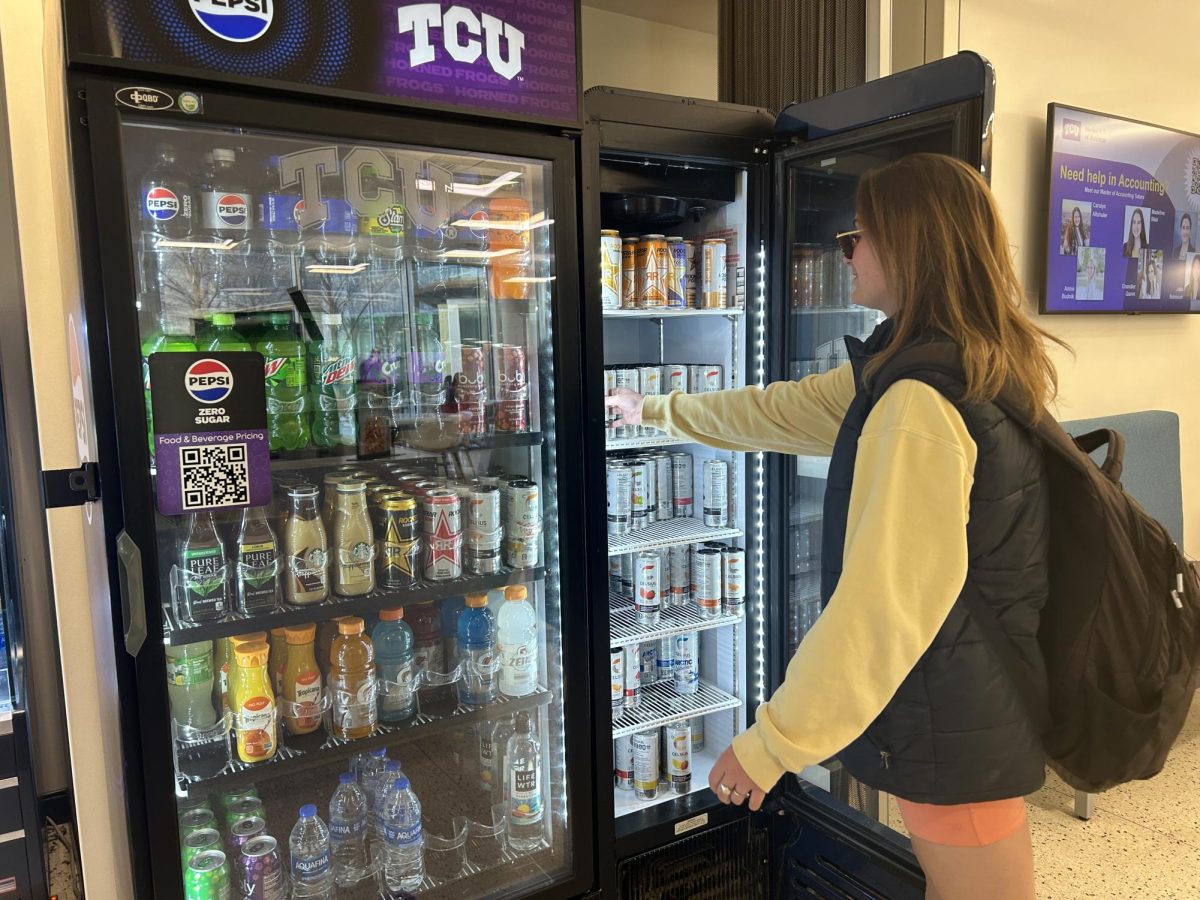Not too long ago a friend and I opted to visit Subway to grab a quick, light lunch. The poster of Jared and his oversized pants greeted us at the counter where we placed our orders for the new “Fresh Fit” sandwiches and small drinks. When the lady behind the counter placed a 21-ounce cup on the counter, I reminded her that I only ordered a small drink. She smiled and said, “That is the small.”
A study in the Journal of American Dietetics Association explains that the size of a fountain soda at McDonald’s has increased from 7 ounces in 1955 to 16 ounces in 2002. This fact about McDonald’s does not surprise me, but I was shocked to see this coming from the “healthy” fast food option. Because one serving of soda is 8 ounces, a small cup from Subway can hold almost three times that. If I had gotten a Coca-Cola, not my iced tea, then I would have added over 260 extra calories.
This is not the only time I have experienced portion distortion. While dining at Pei Wei with my brother, who is currently trying to lose weight, he exclaimed, “Aren’t you proud of me! I only drank one Coke!” I had to break the bad news to him that because his glass held 24 ounces, he actually drank 3 Cokes. Also, Pei Wei is famous for the great value of its menu items because you get so much food. For most entrees, one order actually comes with 2.5 servings. Unfortunately, people tend to overeat, instead of taking extras home, when given larger portions.
On campus I have noticed many items that are two to three or more times the size of a standard portion. For example, the bakery section of The Main houses cookies bigger than my face and muffins the size of a softball. A cookie 2.5 inches in diameter has 120 calories, so the TCU giants must contain at least 480 calories. And when the new Brown-Lupton University Union opens for business, students will need to be more conscientious of eating large servings in an all-you-can-eat environment.
A Penn State University study showed a correlation between portion size and amount of consumption by serving 6-, 8-, 10- or 12-inches sandwiches to both men and women on different days. When served the 12-inch sandwich, women consumed 31 percent more calories and men consumed 56 percent more calories than when served the 6-inch.
Similar studies for other foods have been conducted and produced similar results. To make matters worse, according to an ADA article, ADA spokesman Keith Ayoob said, “This trend toward larger marketplace portions parallels the rising rates of obesity in our country.”
He further explained that consumers needed to pay closer attention to how much of a food they are eating because larger portions do indeed mean more calories. Being overweight or obese can increase the risk of many chronic diseases and conditions, such as hypertension, osteoarthritis, high cholesterol, Type 2 diabetes, coronary heart disease, stroke, gallbladder disease, sleep apnea and some cancers. Although there are several helpful tools to help consumers learn about portion sizes and how to control overeating, such as MyPyramid.gov and CDC.gov, the trick is for people to actually use their resources and apply what they learned to their everyday lives. In fact, Subway is currently offering any 12-inch sub for $5. You could practice good portion control by taking them up on the offer, eating 6 inches and saving the rest for tomorrow’s lunch.
Kristina Keilson is a senior nutrition major from The Woodlands.




